LaTeX templates and examples — Conference Paper
Recent
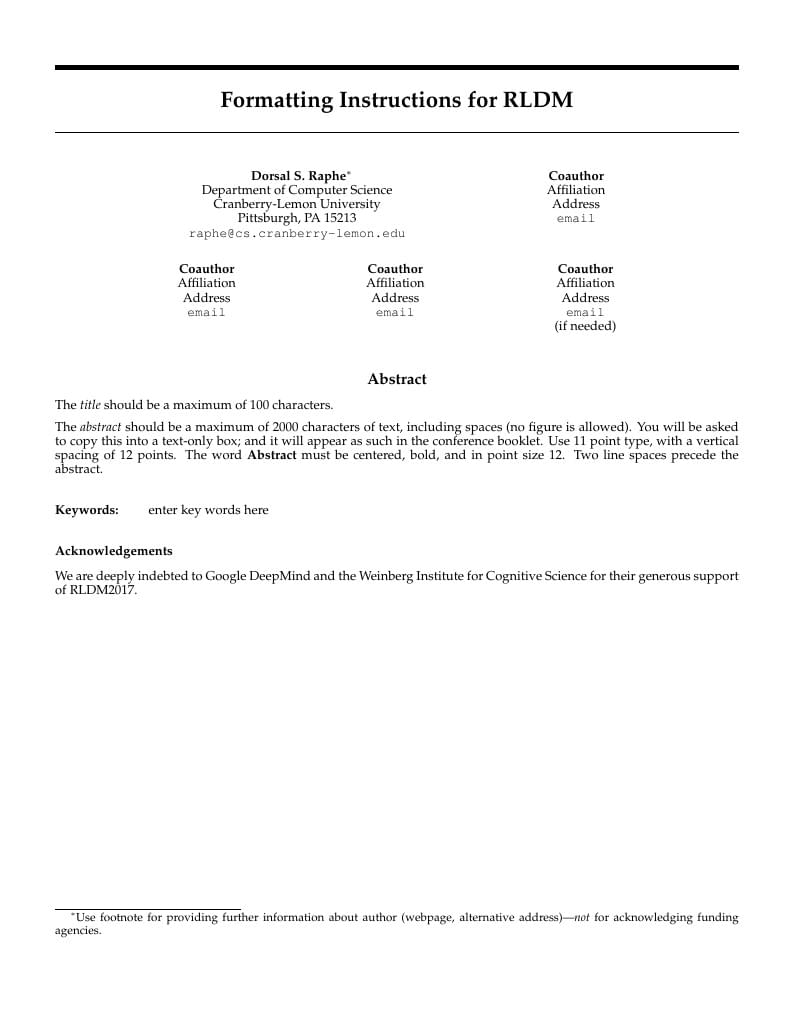
Retrieved from http://rldm.org/submit/
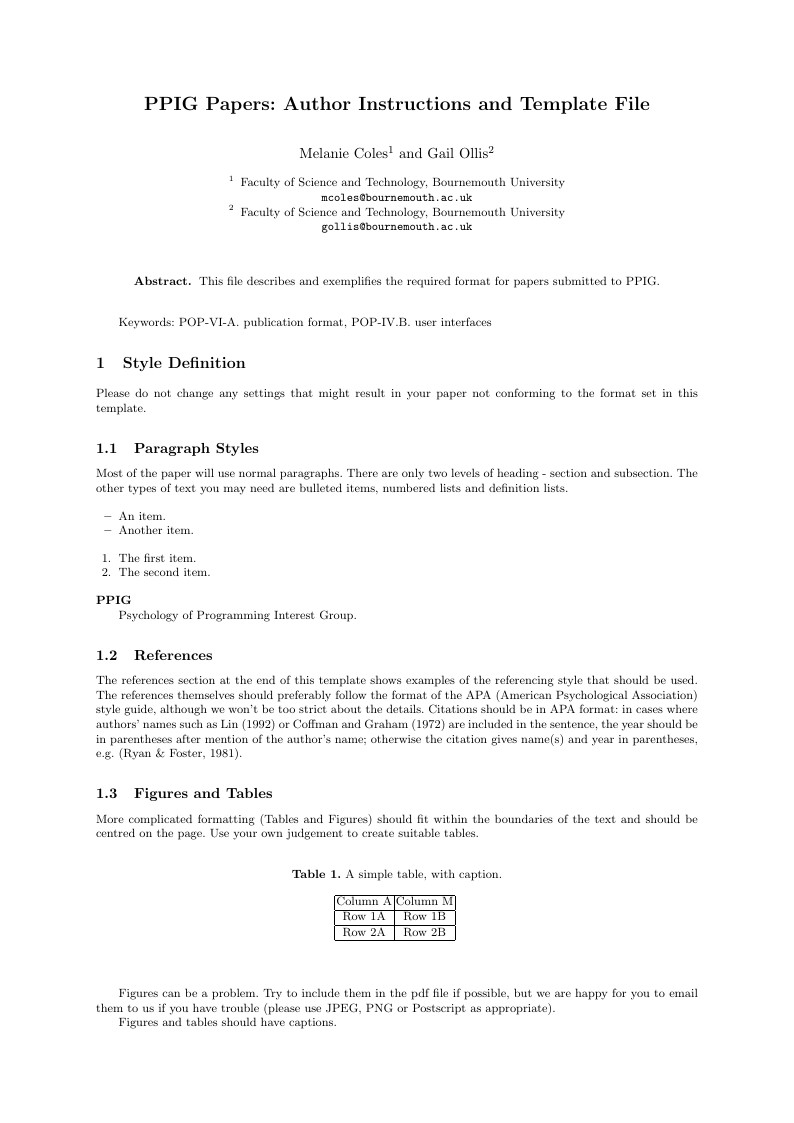
This file describes and exemplifies the required format for papers submitted to PPIG. This template can be found at http://ppig.org/about/templates
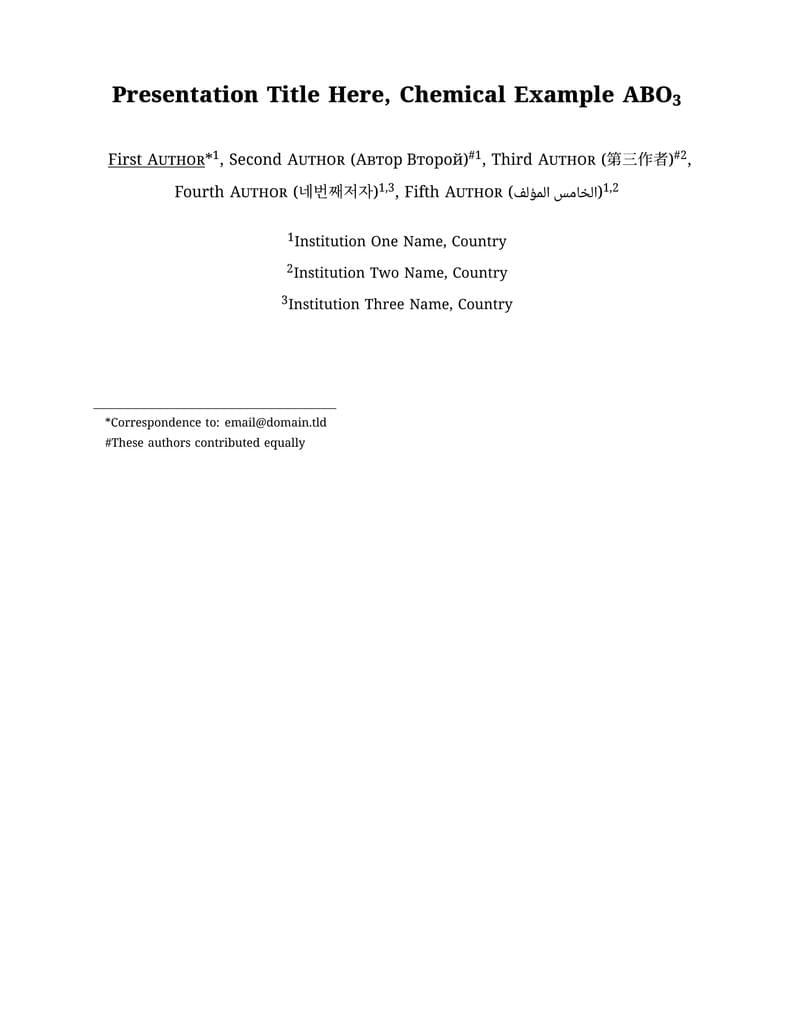
Abstract template for submissions for the 2021 Around-the-Clock Around-the-Globe Magnetics Conference. Based on the IEEE Transactions on Magnetics Format
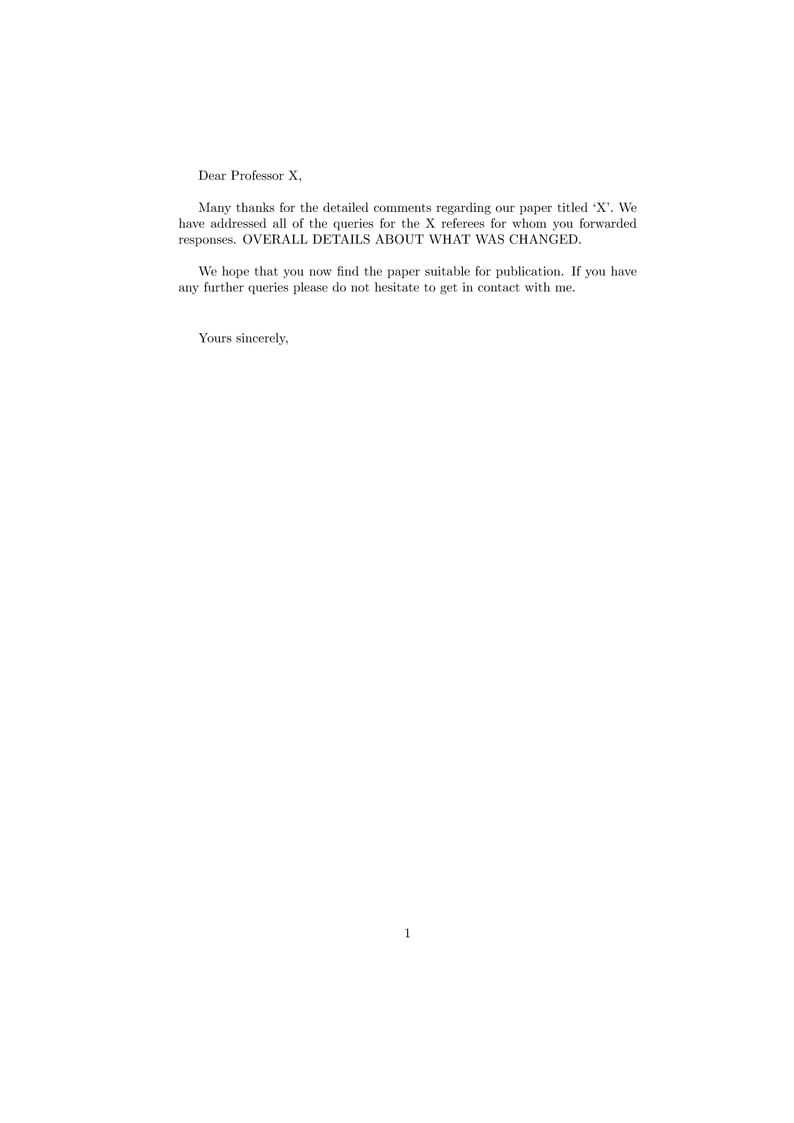
A default template for responding to reviewers. Contains a brief cover letter, then pages for inputting reviewers comments and your responses to them.

Plantilla oficial para las XL Jornadas de Automática Ferrol, Septiembre de 2019
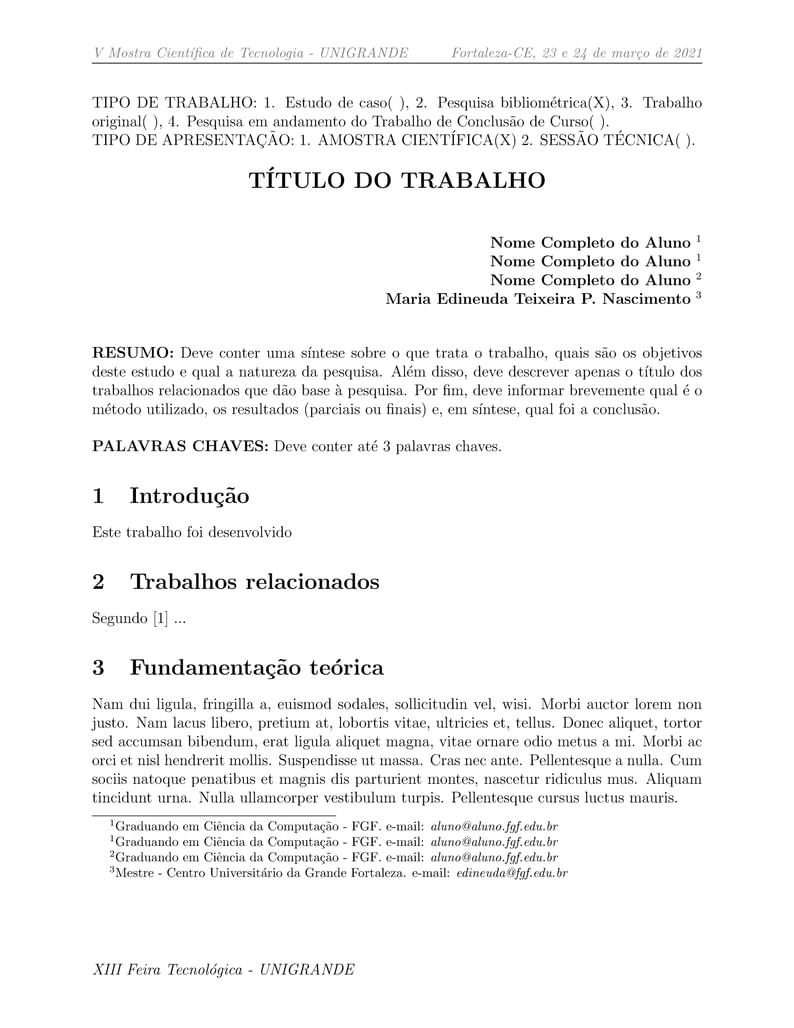
Documento para a Feira do Unigrande
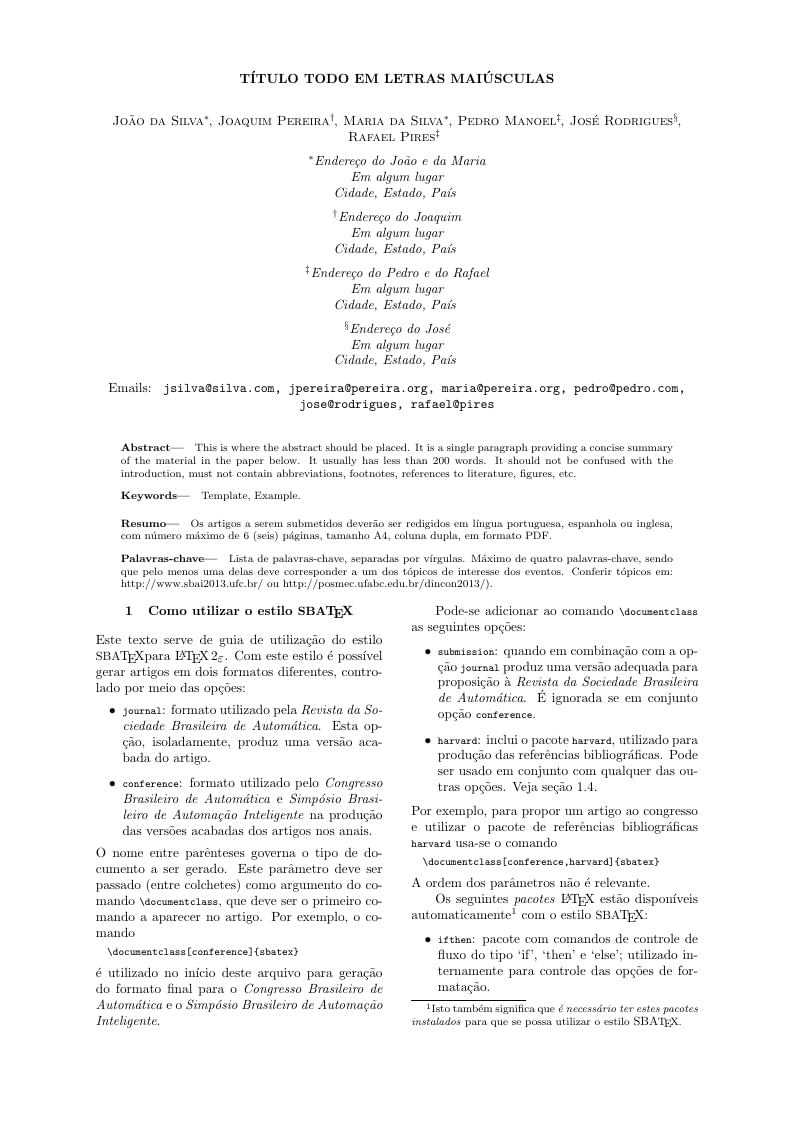
Template para o XIV SBAI, a ser realizado na cidade de Ouro Preto em Outubro de 2019. Mais informações no site: http://sbai2019.com.br
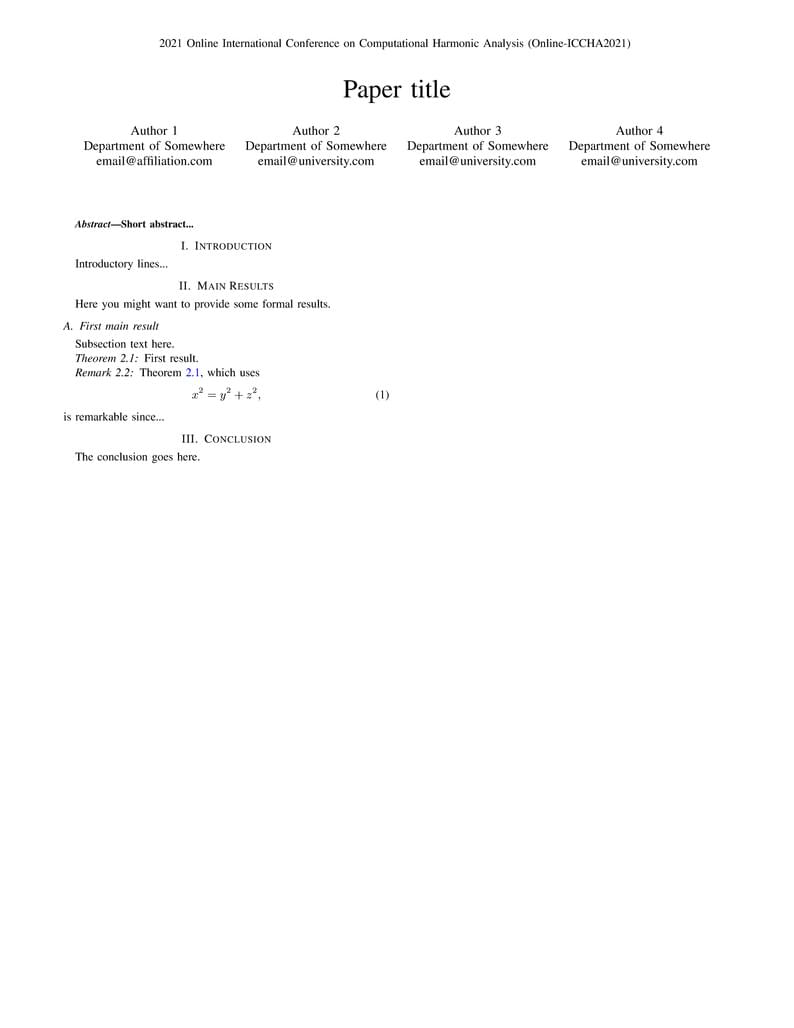
Conference template for Online ICCHA 2021 submissions
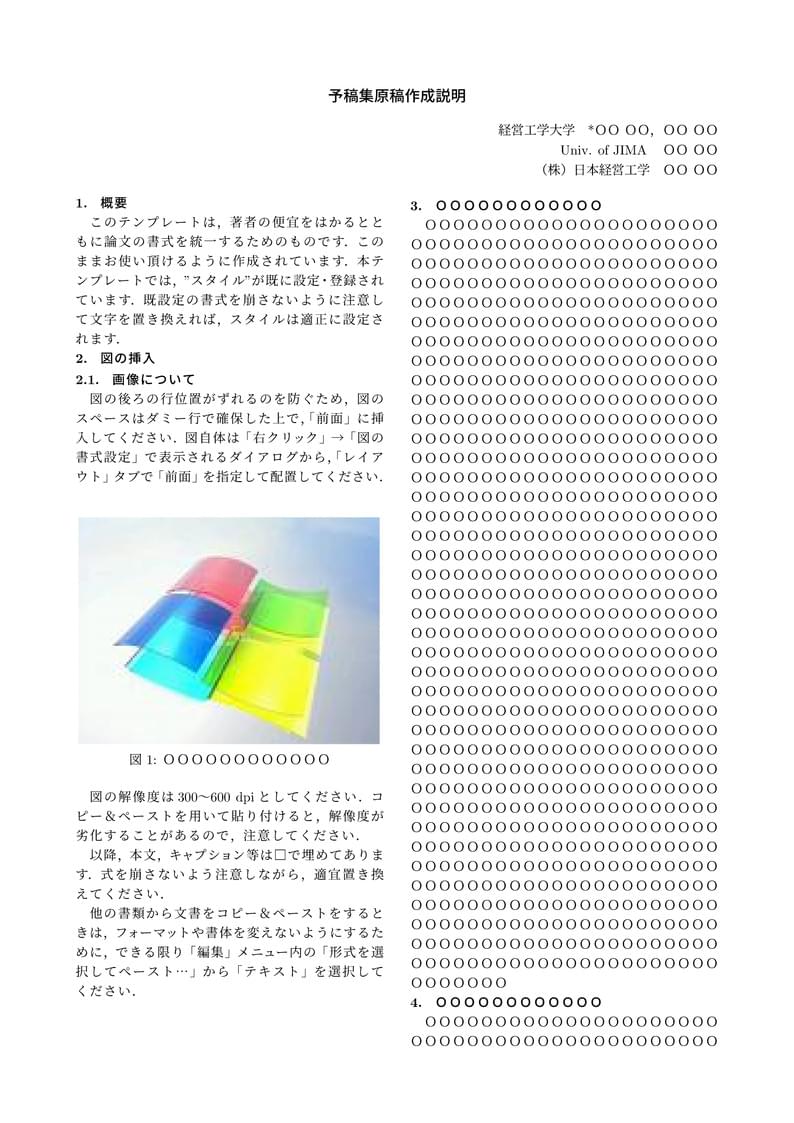
日本経営工学会 2021年 春季大会のWord版テンプレートをTEXに移植したバージョン
\begin
Discover why over 20 million people worldwide trust Overleaf with their work.